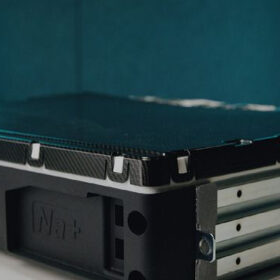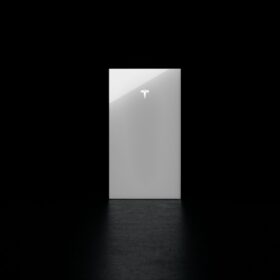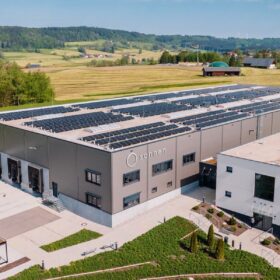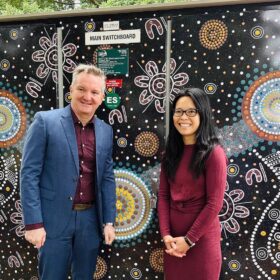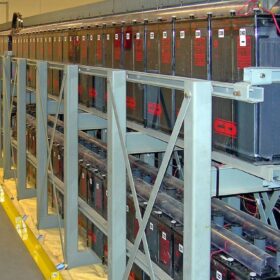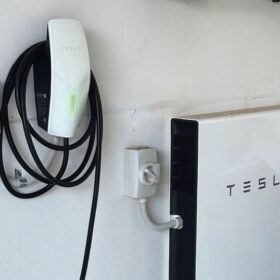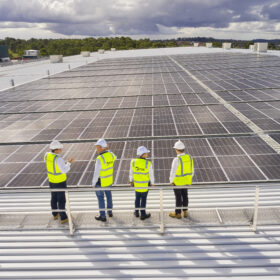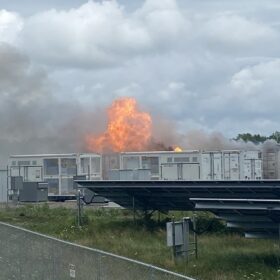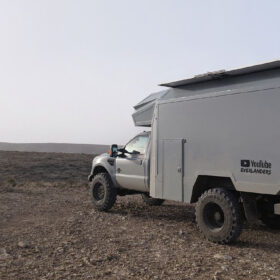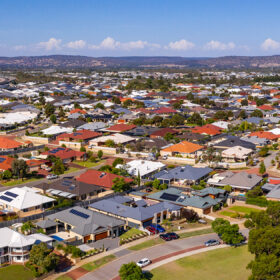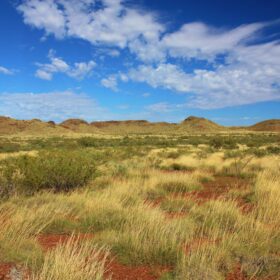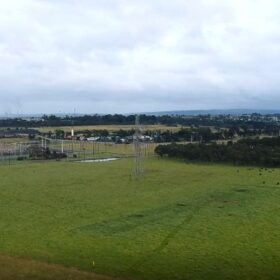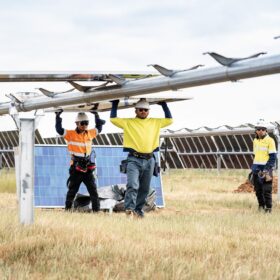Weekend read: More than ‘an alternative’
Sodium-ion batteries could diversify the battery supply chain and take the weight off the shoulders of ubiquitous lithium-ion technology. pv magazine sits down with Florian Kogler, head of safety and user experience at Austrian sodium-ion battery business Kite Rise, to discuss the technology’s potential and the company’s development plans for batteries made in Europe.
Tesla launches Powerwall 3 battery
Tesla has launched the Powerwall 3 battery with an energy capacity of 13.5 kW and continuous on-grid power of 11.5 kW, featuring dimensions of 110 cm x 61 cm x 19.3 cm and a weight of 130 kg.
Shell looking to sell Sonnen
Shell, which acquired Sonnen four years ago, is now actively seeking a majority shareholder for the Germany storage system specialist.
Federal government unveils first community battery, district not selected on merit
The first of 400 planned community batteries has now come online in the Sydney district of Reid as per a promise Labor made while in opposition. The 412 kWh battery is sorting power from 50 households with rooftop solar and sharing electricity with approximately 150 households.
Distributed PV, battery storage curtailment in low-voltage networks
University of New South Wales (UNSW) researchers have looked at energy losses in South Australia and have identified average curtailment of 1.5% for distributed PV sites and 0.2% for distributed PV coupled with batteries, but some locations experience generation losses of up to 25%.
Weekend read: the case for batteries Down Under
Australian residential power prices have surged up to 25% this year. With solar rooftops booming as a result, Nikhil Jayaraj, managing director of Regen Power, looks at whether home batteries will keep pace.
Commercial rooftops to be injected with 50 MW of solar, 300 MW of batteries in new C&I partnership
Industrial property giant ESR has signed a partnership deal with C&I solar company Solar Bay. The pair say it will see $500 million (USD 318 million) spent over the next decade to deliver up to 50 MW of solar, 300 MW of battery storage capacity and EV charging infrastructure.
‘Make it burn’ and other lithium-ion first responder guidance
American Clean Power has published a guide for first responders on lithium-ion battery energy storage system emergencies, offering insights based on the 2023 NFPA 855 code revision.
Weekend read: 100% solar offgrid, 100% on wheels
Jason and Kara are Canadian overlanders from the “Everlanders” channel on YouTube. Overlanding is self-reliant travel on the road, driving to remote places across international borders. pv magazine caught up with Jason between legs of their latest road trip.
WA looks to modernise electricity sector rules
The Western Australia government has introduced new legislation to parliament as it seeks to integrate distributed energy resources such as small-scale solar and residential batteries more efficiently into the state’s electricity grid.
